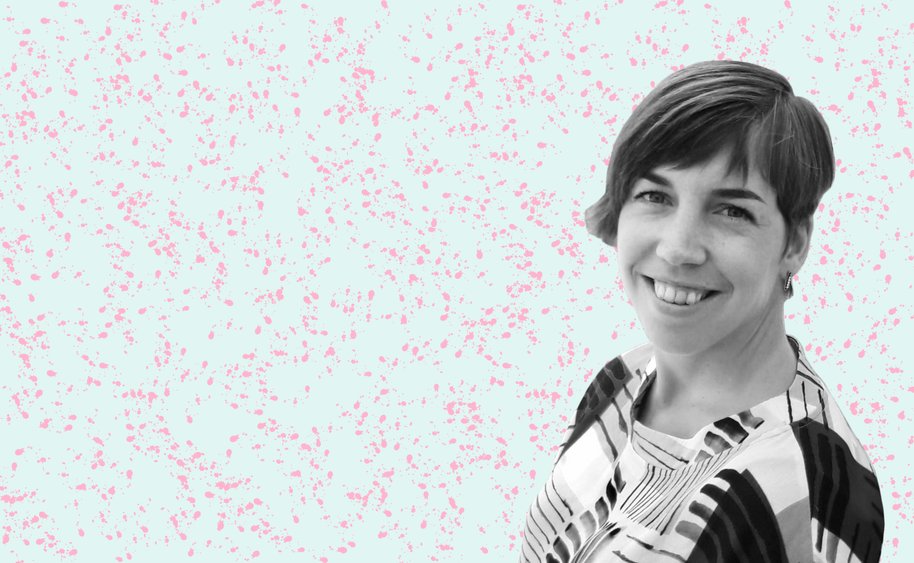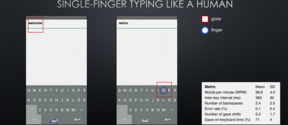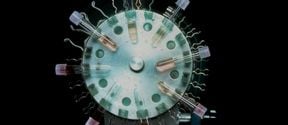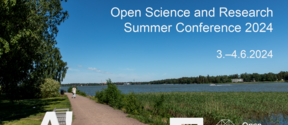CEST's postdoc Amber Geurts competing for the 2018 Skolar Award
Dr. Amber Geurts, postdoc of the Computational Electronic Structure Theory (CEST) group (leader: Patrick Rinke) in the Department of Applie Physics, is now one of the eight finalists for the 2018 Skolar Award by Slush. Her project aims to change how society sees Artificial Intelligence. Go Amber!
https://skolaraward.fi/amber-geurts-wants-to-change-how-we-see-artificial-intelligence/

Skolar Award finalist Amber Geurts from Aalto University recognizes that the conversation around AI is limited and we need more varied perspectives. She wants to show the full spectrum of AI by studying and visualizing the full depth and breadth of their current applications.
You want to make AI more tangible and applicable by studying the work of computer scientists and graphic designers. How did you come up with this idea?
I needed a cover picture for a paper about AI and contacted a graphic designer. After seeing the pictures, I realized, okay the designer does not actually understand what artificial intelligence means. I then understood the difficulty of describing and visualizing AI in a way that makes sense to people and decided something needs to be done.
What made you want to get on Slush stage and pitch your work?
Slush is an important forum for AI research and applications. For these applications to reach mainstream consumers, I think it is important to get entrepreneurs and start-ups, interested in AI, to think about the way society sees AI. Slush provides an important stage to convey my message to a big audience.
When did you decide to become a researcher?
I always wanted to become a researcher, and my mum always encouraged me to go for it. I believe I am a thinker, interested in expanding my horizon even beyond my comfort zones – especially in my research. This is why I was really excited to join an interdisciplinary project that brought me to Aalto University in Finland.
What do you wish would happen in AI within the next 10 years?
I hope to see a lot more diversity in how people talk about AI. In the media we are mostly presented with binary views on topics such as self-driving cars and robots while in the academia there is much more to AI than that. Artificial intelligence can be used to develop new materials and medicines or to solve global challenges, such as major energy problems and environmental problems. This is something we don’t talk enough of. As a researcher I want to help in making AI connect with society.
Skolar Award is about going wild with research. What is the wildest thing you would like to accomplish as a researcher?
My wildest research dream is to one day do a sociological study on the AIs themselves. But to reach the full potential of this difficult to picture and emerging technology, I believe we need different academic disciplines to meet, discuss and work together so that the horizon of possibilities of AI is expanded.
Amber’s wild idea:
Though AI is a well-established discipline and one of the hottest topics of the 21st century, its future is threatened because it is so difficult to picture. Evocative images and the recurrence of visual conventions have a strong affective impact and gain professional and public recognition. Trending, limited and negative views of what AI is and can do for science and society can restrict the impact of AI and invoke an AI Winter that freezes advancement. It is thus pivotal to address the perception and reception of AI by society to allow an AI Spring to arrive. My project goes beyond the trending, binary perception of AI to present more substantial and varied images of AI that can inform public understanding. By teaming up computer scientists and graphic designers, they will visualize the state-of-the-art in AI research in new ways, invoking public participation. Via socio-cultural methodologies, I’ll analyze data collected during the process to create understanding of how an emerging technology is constructed, shaped and understood in real-time to inform public discourse and enable an AI Spring.
- Published:
- Updated:
Read more news

Teaching a computer to type like a human
A new typing model simulates the typing process instead of just predicting wordsUnderstanding climate warming impacts on carbon release from the tundra
Tundras could transform from carbon sinks into a carbon source, exacerbating the effects of climate change
A new way to do controlled experiments in medicine: simulate the control
Generative AI could augment randomized controlled trials.